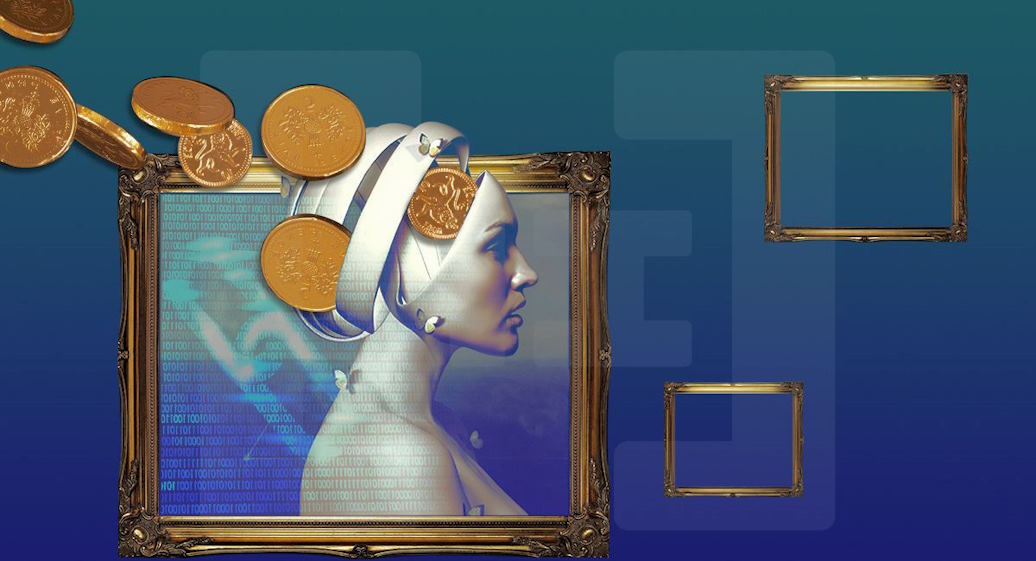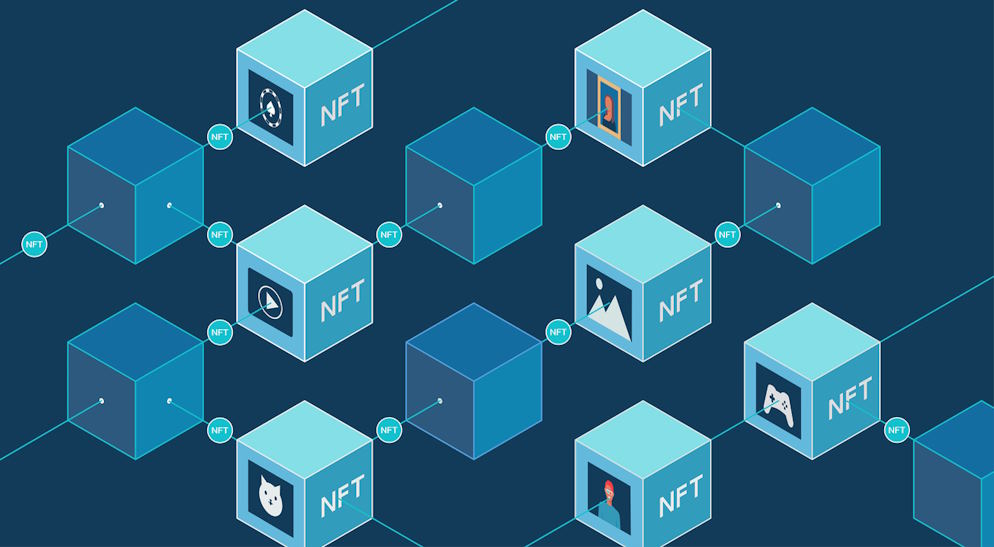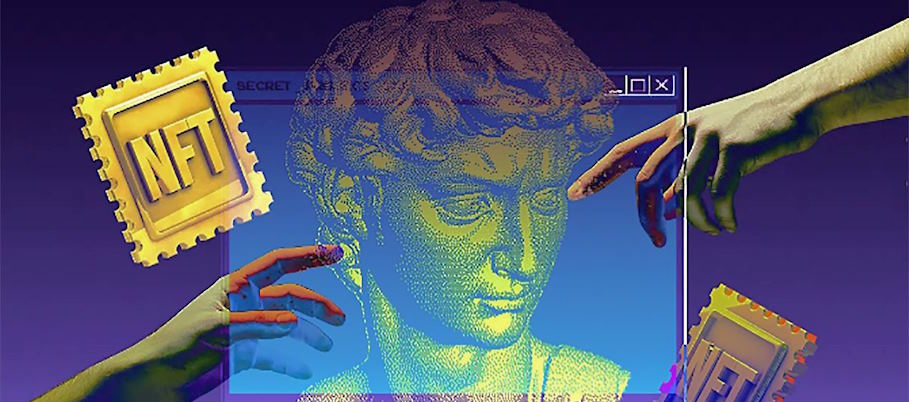Crypto Art Auctions: Redefining Ownership and Value in the Digital Art World

Gone are the days when art ownership was confined to physical canvases hanging in exclusive galleries. The advent of crypto art has given rise to an entirely virtual art ecosystem, where artworks exist as unique, tamper-proof tokens on the blockchain. This article delves into the dynamic landscape of crypto art auctions, exploring how these auctions have not only revolutionized how art is bought and sold but have also catalyzed discussions about the very nature of ownership and value in the digital age.
The Rise of Crypto Art Auctions
Transition from Physical to Virtual Auction Houses
The traditional gavel-swinging auction house scene has undergone a digital metamorphosis with the rise of crypto art auctions. The transition from physical to virtual auction houses marks a paradigm shift in how art is traded and experienced. Auctions that once necessitated a physical presence have now migrated to the virtual realm, democratizing access for global participants. This shift has not only redefined the concept of an auction floor but has also propelled the art market into the digital age, where ownership and transactions are seamlessly integrated with blockchain technology.
Major Platforms Hosting Crypto Art Auctions
Leading the charge in this revolutionary landscape are platforms like OpenSea and Foundation. OpenSea, a decentralized marketplace, serves as a hub for artists and collectors to engage in peer-to-peer transactions, often utilizing Ethereum’s blockchain. Meanwhile, Foundation has pioneered a platform centered around creators, enabling artists to tokenize their work and engage with a community of collectors. These platforms have not only provided artists with a new canvas for expression but have also empowered collectors to invest in digital art with unprecedented ease and transparency.

The Future of Crypto Art Auctions
Technological Advancements Shaping the Evolution of Crypto Art
As the world hurtles through an era of rapid technological progress, the trajectory of crypto art auctions is equally dynamic. Moreover, the ongoing development of more energy-efficient blockchain solutions seeks to alleviate environmental concerns, ensuring that the evolution of crypto art remains environmentally responsible.
Potential for New Art Forms and Interactive Experiences
The future of crypto art auctions is marked by the potential for entirely new art forms to emerge. Artists are increasingly exploring the synergies between technology, code, and visuals to craft pieces that challenge traditional norms. Interactive crypto art, where the audience can influence or alter the artwork through their interactions, presents an exciting avenue for artistic exploration. As blockchain technology continues to evolve, the integration of dynamic, real-time data into artworks could unlock unprecedented possibilities for creative expression.

Influential Crypto Artists and Auctions
Profile of Prominent Crypto Artists and Their Journey
Within the realm of crypto art, visionary artists have risen to prominence, reshaping the boundaries of creativity and ownership. Artists like Beeple (Mike Winkelmann), known for his groundbreaking NFT sales, have catapulted from relative obscurity to international recognition. Beeple’s journey from sharing daily digital creations to commanding multi-million-dollar auction prices highlights the transformative power of the crypto art movement. Similarly, names like Pak and Fewocious have captured attention with their innovative approach to blending art and technology.
Analysis of Successful Crypto Art Auctions and Their Impact
Crypto art auctions have wielded an undeniable influence on the art world. The sale of Beeple’s “Everydays: The First 5000 Days” for $69 million, and Pak’s “The Fungible” series for substantial sums, has ignited conversations about the nature of value and ownership. These auctions have shattered traditional notions of art valuation, propelling digital creations into the same realm as physical masterpieces. The impact reverberates beyond the art world, spurring investments and interest in NFTs across industries.
